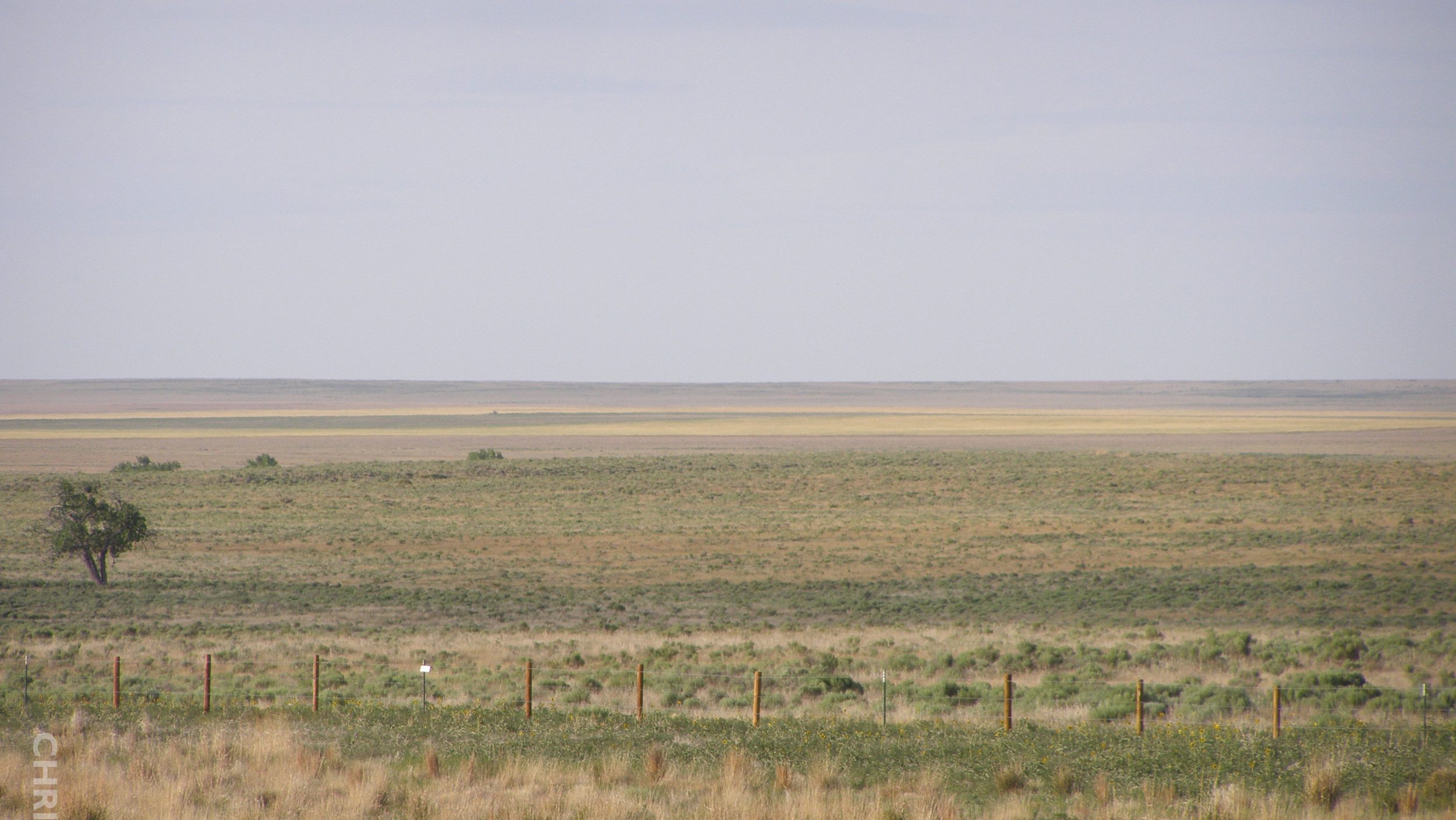The corridor roughly follows the migratory path of the federally endangered Whooping Crane. Wind energy facilities built and operated in the Great Plains region will impact several species, including the Whooping Crane, that are listed as endangered or threatened under the Endangered Species Act (ESA). A consortium of commercial energy companies — including BP and Iberdrola Renewables — have asked the FWS to issue “incidental take permits,” which would allow the wind facilities to kill, harm, or harass ESA-listed species. The large geographic scope and the number and diversity of species that may be impacted by the projects make this proposed application of the ESA unique.
Although wind power is likely to be an important part of the solution to climate change, wind projects can have devastating impacts on wildlife and must be carefully designed, sited, studied, operated, monitored, and mitigated to avoid and minimize such impacts. In their comments to FWS, CLC and ABC made recommendations on the species that need to be protected, the alternative processes for issuing incidental take permits, and the impacts that need to be evaluated in the associated environmental impact statement.


